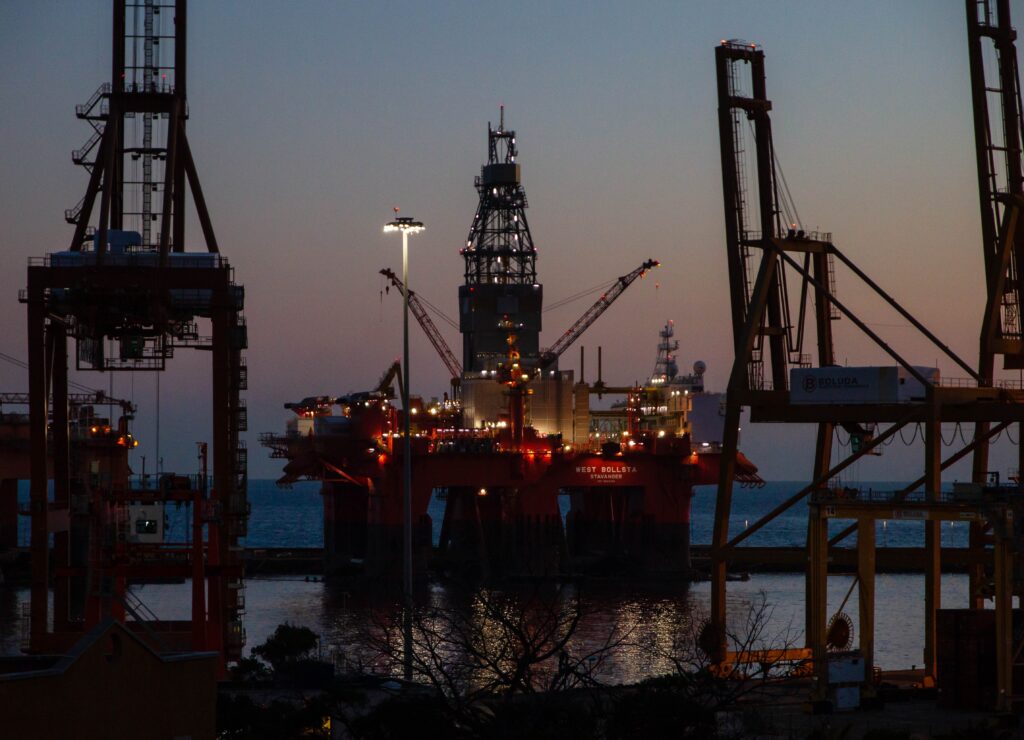
For the first time, BHS-Sonthofen Inc. has gone offshore! The great thing about this as a process engineer has been reminding myself that new challenges demand new processes, and offshore filtration is no different.
Working offshore demands a new way of approaching filtration. For a start, the systems need to be more compact and operate automatically, and they should have low maintenance requirements.
In working with monoethylene glycol (MEG) regeneration plants, BHS wanted to find an alternative to conventional methods. For the transport of Liquefied Natural Gas (LNG) in pipelines, MEG is added as corrosion inhibitor and to reduce the freezing point of the water in the LNG. The MEG is then reclaimed. Our goal was to do this in a cost-efficient way while also being environmentally conscious.
Christian Gassen and I noted in a Petroleum Technology Quarterly article that “recovery of glycol is gaining importance. The goal of many operations is for the dried solids for disposal to contain no more than 10% glycol.”
So, while, onshore plants typically use static thickeners such as settling tanks, the resulting sludge typically contains large amounts of glycol. This then requires further use of high-speed separators and decanter centrifuges.
Offshore Filtration Start
Only those don’t work as well in offshore filtration. Needing trained specialists to maintain the equipment (and frequently) increases operating costs.
Using cartridge filters with deep bed filter elements also increases costs due to the filter elements’ limited self-cleaning properties and time-consuming disposal requirements. Plus, you still need to further process the sludge to remove the glycol.
Looking at ways to offer compact and low-maintenance plants while reducing the residual amount of glycol, BHS developed a new combination process with concentrating candle filters followed by pressure plate filters for cake washing and drying.
Our wanting to take a new look at old methods led to a combination process that doesn’t use precoating or chemicals and displaces the residual glycol in the filter cake with water to reduce glycol loss. We also decrease operating and maintenance costs and offer a compact design (saving space is critical when offshore).
This is just another concrete example of the importance of creativity in process engineering. It’s the new ways in which we solve problems after evaluating all filtration possibilities and, of course, testing first, that leads to leaps in efficiency in offering optimum solutions — whether its onshore or offshore filtration.

